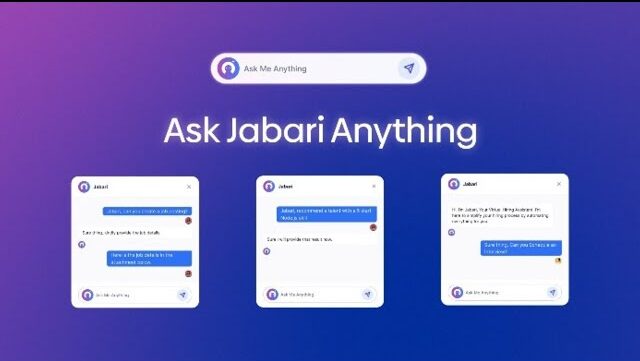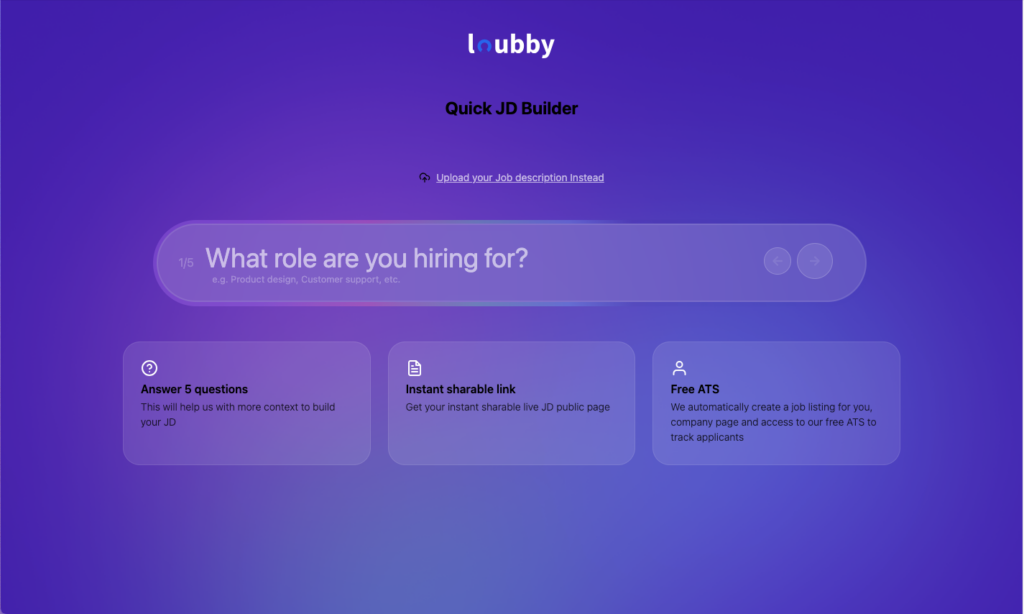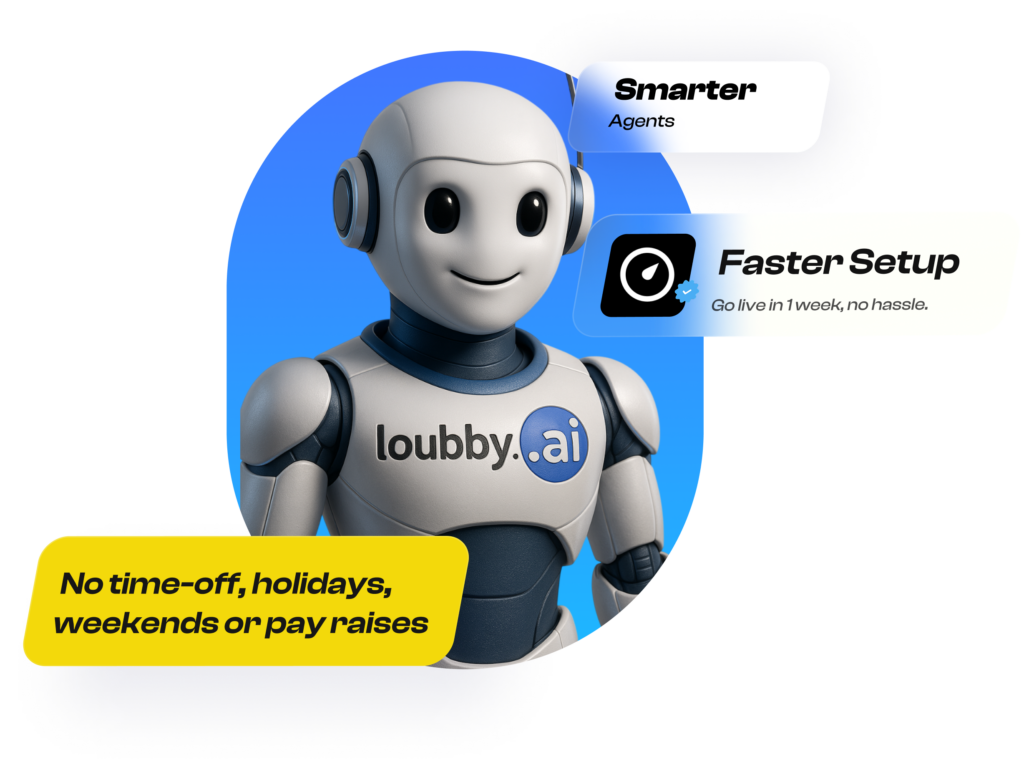Performance issues are inevitable in any workplace. Whether it’s missed deadlines, declining output, or recurring communication breakdowns, unresolved problems can cost teams time, money, and morale. Managers often hesitate to address underperformance directly until it becomes a bigger issue.
That’s where a clear, structured performance improvement plan (PIP) comes in. But here’s the thing: not every PIP leads to progress. Some feel more like warnings than support, and many lack follow-through.
This article breaks down what makes a performance improvement plan work. You’ll learn which steps matter most, what to avoid, and how to structure a fair, trackable plan geared toward growth, especially for remote teams.
The Real Purpose of a PIP
Many people hear “performance improvement plan” and immediately think someone is about to be fired. But that is not the reason a company should use a PIP. The real goal of a performance improvement plan is not to prepare someone for dismissal. It is to help them get back on track. It gives structure to feedback, makes expectations clear, and gives the employee a chance to correct what’s wrong. If done right, it helps both the person and the company move forward together.
A PIP should open up honest conversations. It should allow managers and employees to sit down and look at what has been going wrong, why it’s happening, and how it can be fixed. Instead of letting tension grow or guessing what someone is thinking, the plan creates space for clear goals, timelines, and two-way communication. Everybody knows what is expected, and both sides agree on what progress should look like.
What Strong PIPs Have in Common
A strong performance improvement plan must be clear from start to finish. The goals inside must be specific and measurable. Saying “be more proactive” means different things to different people. But saying “respond to client emails within 24 hours” removes all confusion and makes it all clear. Everyone knows what is expected, and there is no room for argument or guesswork. When goals are clear, progress is easier to track and correct.
Another thing that separates strong plans from weak ones is time. How long does the employee have to show improvement? Is it two weeks, thirty days, or three months? A good plan will spell it out. That way, the employee is not under silent pressure, and the manager is not just waiting with no clear point of review.
Support is also a big part of the process. If the person is struggling, the company should not just say, “fix it” and walk away. What training is available? Will they have a mentor? Can they shadow a colleague for a few days? These little things can make a big difference. Many times, people fail not because they are lazy but because they have no clear direction.
There should also be regular check-ins. Once the plan is set, both sides must talk often. Weekly reviews or bi-weekly updates keep everyone on the same page. It gives room to adjust things if needed.
Lastly, a strong plan puts responsibility on both sides. The employee must take the feedback seriously and commit to improving. The manager must also show up and guide them. If one person carries all the weight, the plan will fail. True improvement happens when both sides are involved, consistent, and honest.
Why Most Performance Improvement Plans Fail (and How to Avoid It)
Many performance improvement plans crash before they even take off. The main reason is a lack of clarity. When goals are too vague, you’ll hear things like “be more efficient” or “improve your attitude.” What does that even mean? Nobody can work towards a target they can’t see clearly. Another big issue is the absence of follow-up. A manager will set the plan, share the document, and then disappear till the deadline. No check-ins, no progress review, nothing. At that point, the employee is just there. Then, there’s the worst part is using fear as a tactic. Some managers threaten staff with the PIP like it’s a final warning or a silent sack letter. That approach doesn’t help. It only builds anxiety and reduces morale.
Documentation is not just paperwork. It protects everyone. It shows what was said, what was agreed, and how progress was tracked. If someone tries to twist the story later, the records will speak for themselves. A good PIP should never be based on memory alone. It should be written down clearly and shared with both sides.
Avoiding these common mistakes is not hard. Just be clear, be present, and be fair. That’s how you make performance improvement plans work the way they should.
Making PIPs Work for Remote Teams
Creating a performance improvement plan for remote teams comes with a different kind of struggle. In a physical office, it’s easy to see who is showing up, who is talking to whom, and who is delivering. With remote work, most of that visibility disappears. Managers can no longer observe performance the usual way. People work in different time zones, use different tools, and may even have network issues that affect how often they can check in. Then there’s the issue of communication. Everyone is busy, and responses may come hours later, so feedback is no longer instant. This delay can make a simple misunderstanding feel like a major issue.
The way forward starts with clear tracking. Every goal should be linked to a measurable result. If someone is in sales, track leads and calls. If they’re in marketing, track campaigns, content outputs, and timelines. This tracking must happen in real time or at regular intervals, and it must be easy to understand. Nobody should have to guess how well they’re doing.
Next is the need for consistent check-ins. Don’t just schedule one long meeting at the end of the month. Break it down into short sessions every week. That’s how managers stay in the loop and employees stay on track. These meetings should be structured but not stiff. Let it be a space for honest updates, roadblocks, and ideas.
Then there’s the written part. Everything should be documented. The plan itself, the goals, the feedback, the progress- write it all down. This avoids confusion and keeps both sides accountable. If the PIP leads to success, the records will show the effort. If it does not, the company can explain why with proof.
Step-by-Step PIP Process That Drives Change
When you’re trying to figure out how to implement a PIP, it’s important to break the process down into clear steps. Here’s a practical approach that works:
- Identify the performance issue
The first thing you need to do is pinpoint exactly what the problem is. Is the employee missing deadlines? Are they not meeting targets? Maybe the quality of their work is slipping. Whatever it is, be specific about the performance issue. Don’t leave room for guesswork. The clearer you are, the easier it will be to address the issue properly. - Gather evidence and prepare your case
Once the issue is identified, collect all the evidence. This could be reports, missed meetings, poor feedback, or any other documents that show where the performance is lacking. Prepare yourself with facts before meeting with the employee. This will show that the concern is not just about feelings, but real performance problems that need to be fixed. - Draft clear goals with a defined timeline
Now, set clear, measurable goals. For example, instead of just saying, “Improve your work quality,” state, “Submit 10 quality reports per week with no errors.” Be specific. Then, define a reasonable timeline for achieving these goals. This gives the employee a target to focus on and a time frame to work within. - Meet with the employee
Sit down with the employee to discuss the issues. Use the meeting to explain the performance concerns, present the evidence, and clearly communicate the goals you’ve set for them. Keep the tone constructive, not confrontational. The goal here is to get buy-in from the employee, so they understand what’s expected and why it matters. - Monitor progress and adjust as needed
Keep an eye on the progress the employee is making. Regular check-ins are necessary to stay on track. If you notice they are falling short, provide immediate feedback and make adjustments if needed. Sometimes, unexpected challenges can arise, and it’s important to adapt as necessary. - Final review and decision
At the end of the agreed timeline, do a final review. Has the employee met the goals you set for them? If they have, then great! If not, you may need to make a tough decision. In some cases, it might mean the end of the PIP, but in others, it could mean extending the plan to give the employee more time.
Conclusion
When you build a performance improvement plan (PIP) with clarity, empathy, and structure, it goes beyond just addressing poor performance. It becomes an opportunity to reset an employee’s path, helping them grow and ultimately build trust within the team. Whether your team is working in the office or from different parts of the globe, the right approach to PIPs can transform a challenging situation into a stepping stone for improvement.
Are you ready to manage performance more effectively? Book a demo with Loubby AI and discover how our tools can help you structure, track, and optimize your team’s growth plans. Let’s help you set the foundation for success today.







